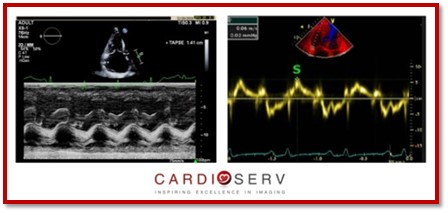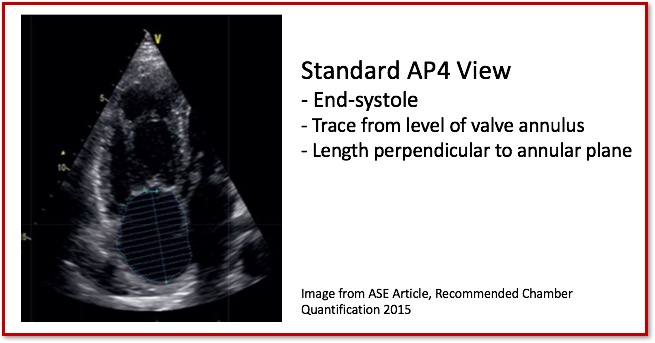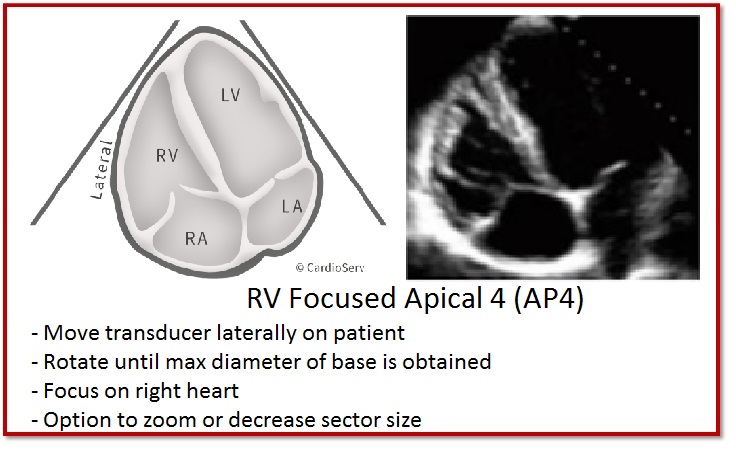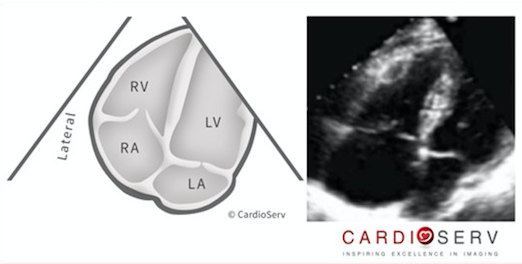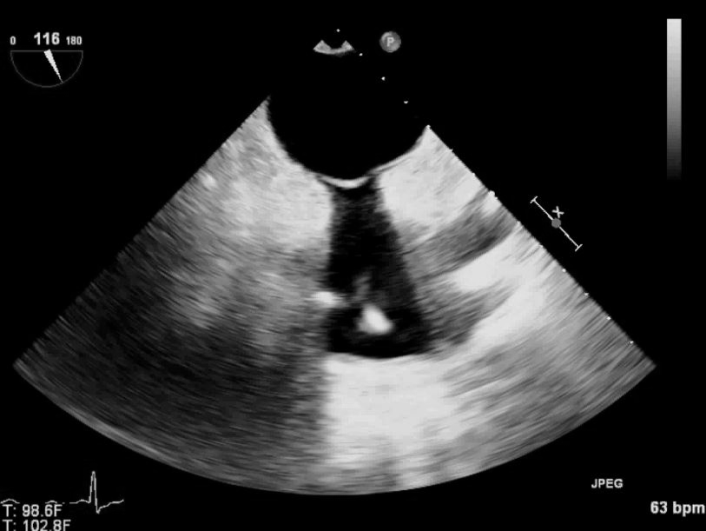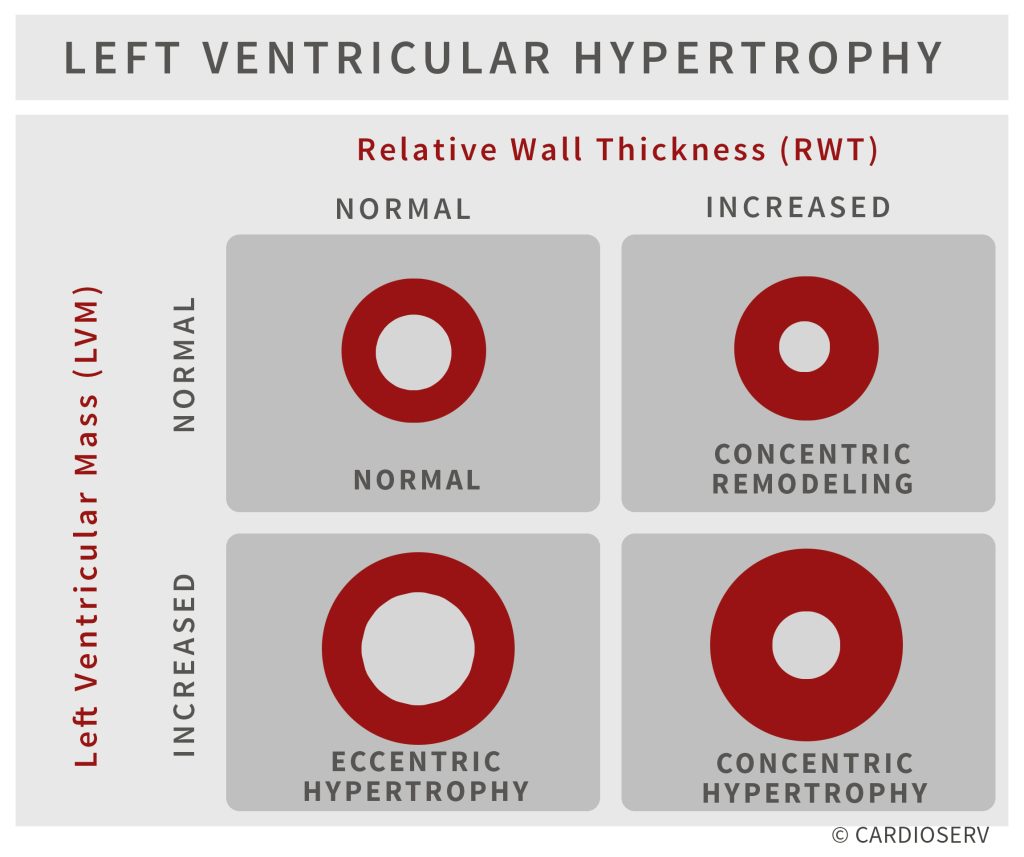2017 Inspiring Excellence in Imaging Award
Medical Ultrasound Awareness Month (MUAM) is held annually in October to create awareness of the role diagnostic medical sonographers play in the medical community and to educate the public about medical ultrasound and its many uses in healthcare. We would like to recognize and thank the many individuals that work tirelessly, day-in and day-out, to provide the highest level of care to their patients. We have found that many healthcare providers are unaware of the skill and dedication required to excel in ultrasound. Ultrasound remains one of the few diagnostic imaging modalities that relies so heavily on the skill of the operator!
2017 Inspiring Excellence in Imaging Award Read More »




